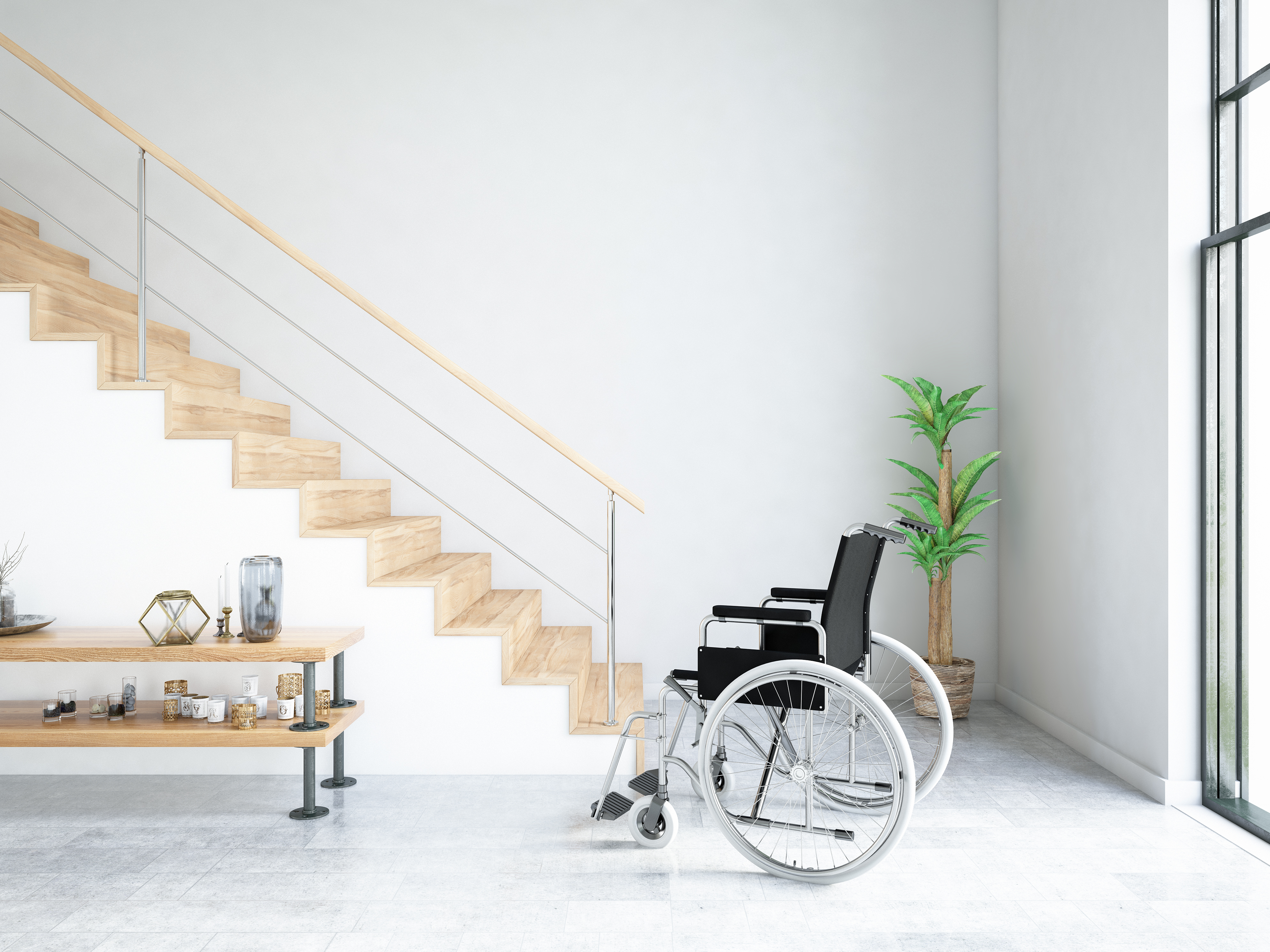Architecture for Accessibility

2019
The definition of accessibility is the quality of being able to reach or enter. It is also the quality of being easy to get or use. It is making things accessible to all people with the widest range of abilities, whether they have a disability or not.
Accessibility has become a widening topic of conversation among Canadians. Being able to eliminate and prevent barriers, mainly for those with any physical, mental, learning, or sensory disability is a step towards making Canada barrier-free.
Designing and planning for accessibility are about inclusion. Helping to put an end to the architectural and social discrimination prevalent against disability in our environments is necessary. Accessibility is related to universal design, in fact, it is the philosophy behind it. Accessibility in architectural design doesn’t have to be cold or institutional. It is an opportunity for artistic expression and creativity. While considering the needs of others, and keeping all people in mind, we can approach projects using universal design principles. Regardless of age, ability, or even where a person may be in their life, these principles demand that everything from products to the structural environment be usable to the greatest extent.
Multi-generational homes are being designed with the flexibility to accommodate everyone in the household. Being thoughtful in blending between a private and public space in the home is to be considered. What works for a teenager may not work as well for a grandparent. It’s with a transitional design in mind that we can create a space that seamlessly combines function, environmental considerations, and high aesthetics. The results are more universally beneficial and bring forth innovation.
But accessibility and inclusive design are not just about creating functional spaces, they are also about the use of different textures and colours that can enhance the learning experience for the sensory impaired, as well as be able to create awareness and independence to those that need it. That learning experience, the human cognition, the emotion, to even the mechanics of the body, is pivotal for those that are unable to see or hear.
Let’s look at the baby boomer generation. The oldest is currently in their early 70’s. Will they be able to climb stairs in their home in their 70’s as they did in their 30’s or 40’s? Most likely not. This generation faces some tough decisions when it comes to housing. This is when rooms must be thought about in different ways. The design must be approached with the long-term in mind to complement the changing demographics – a design that can evolve along with their needs.
With any challenge brings the opportunity for innovation and we are now at a point of transition where we are seeing a lot of innovation in housing. Housing that is well developed, thoughtful, creative, and ergonomic in design. These innovations bring basic equality, to free any future barriers to all.
Categorized in: Architecture News
